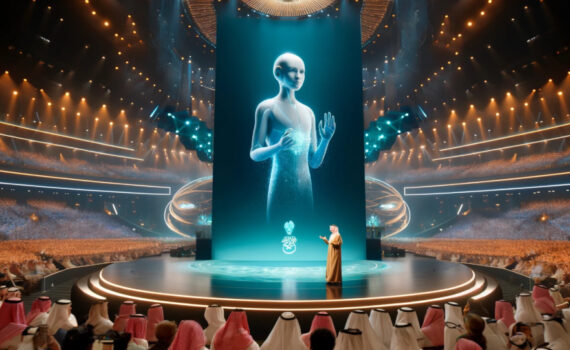The Spectrum of Computer Vision AI Applications: From Playful to Harmful

Computer vision stands out as a transformative force within AI, revolutionizing how we interact with the visual world. This technology enables machines to perceive, interpret, and analyze images and videos, granting them the ability to execute an extensive range of tasks.
However, the prowess of computer vision transcends its lighthearted applications, revealing a hidden underbelly of ethical quandaries and potential harm.
The Playful Side of Computer Vision AI
Computer vision AI´s playful applications bring joy and creativity into our daily lives.
These applications range from enhancing social media experiences to revolutionizing the gaming industry.
1. IG Filters and Augmented Reality
Swipe through your social media feeds, and you´re likely to encounter images and videos enhanced with virtual objects, effects,and transformations, all thanks to computer vision AI. These filters add a touch of fun and personalization, making our social media experiences more engaging.
2. Deepfake Videos
Deepfake technology takes the playful side of computer vision
AI to a whole new level. These videos use AI to manipulate existing footage,superimposing the faces of individuals onto other people´s bodies or actions. While initially used for entertainment purposes, the potential for deepfakes to spread misinformation and manipulate public perception is a growing concern.
3. Face Swap Apps
Face swap applications are the epitome of playful computer vision AI. These apps allow users to swap their faces with those of others in photos or videos, creating humorous and often creative content. While intended for fun,face swaps can be misused for defamatory purposes or to impersonate individuals without their consent.
4. Gesture Recognition in Gaming
Gaming enthusiasts can rejoice as computer vision AI integrates into their gaming consoles and devices, enabling gesture-based controls. This innovative technology enhances player immersion and interaction
The Useful Side of Computer Vision AI
Some applications of computer vision AI fall into a grey area between playful and harmful.
These applications can be both beneficial and raise ethical concerns.
5. Facial Recognition for Security
Facial recognition technology has become ubiquitous in security applications, identifying individuals for access control, fraud prevention, and law enforcement. While it provides enhanced security measures, concerns arise about privacy, potential misuse, and algorithmic bias.
6. Object Detection in Logistics
The efficiency of logistics operations leaps forward with computer vision AI´s object detection capabilities. This technology helps manage inventory levels, automate shipping processes, and streamline supply chains, optimizing logistics efficiency.
7. Medical Image Analysis
Medical imaging plays a crucial role in diagnosing and treating diseases. Computer vision AI can analyze medical images, such as X-rays and MRI scans, to assist in diagnosis, treatment planning, and monitoring of patient
health, enhancing the precision and accuracy of medical interventions.
The Harmful Side of Computer Vision AI
The potential misuse of computer vision AI raises serious ethical concerns. Here are some examples of harmful applications:
8. China´s Social Credit System
In China, the Social Credit System uses computer vision AI to track and assess citizens´behavior, granting or denying access to certain services based on a credit score. This system raises concerns about surveillance, privacy violations, and potential discrimination.
9. Mass Surveillance Practices in Xinjiang
In Xinjiang, China´s northwestern region, computer vision AI is used for mass surveillance of Uyghur Muslims through facial recognition, social media tracking, and other methods. This surveillance has been condemned by human rights organizations as a form of repression and discrimination.or.
10. Predictive Policing:
Predictive policing algorithms use computer vision AI to analyze various data sources, such as social media activity and crime statistics, to predict potential criminal activity. While proponents argue that it can help prevent
crime, critics raise concerns about bias, targeting individuals unfairly, and
undermining civil liberties.
Computer vision AI´s duality is a stark reminder of the power of technology. It can be a force for good, enhancing our lives and solving complex problems. However, its misuse can have devastating consequences. As we continue to develop and deploy AI, it is crucial to prioritize ethical considerations, ensuring transparency, accountability, and fairness in its application. By navigating this ethical landscape responsibly, we can harness the benefits of computer vision AI while mitigating its potential harms and shaping a future where AI serves humanity responsibly.


